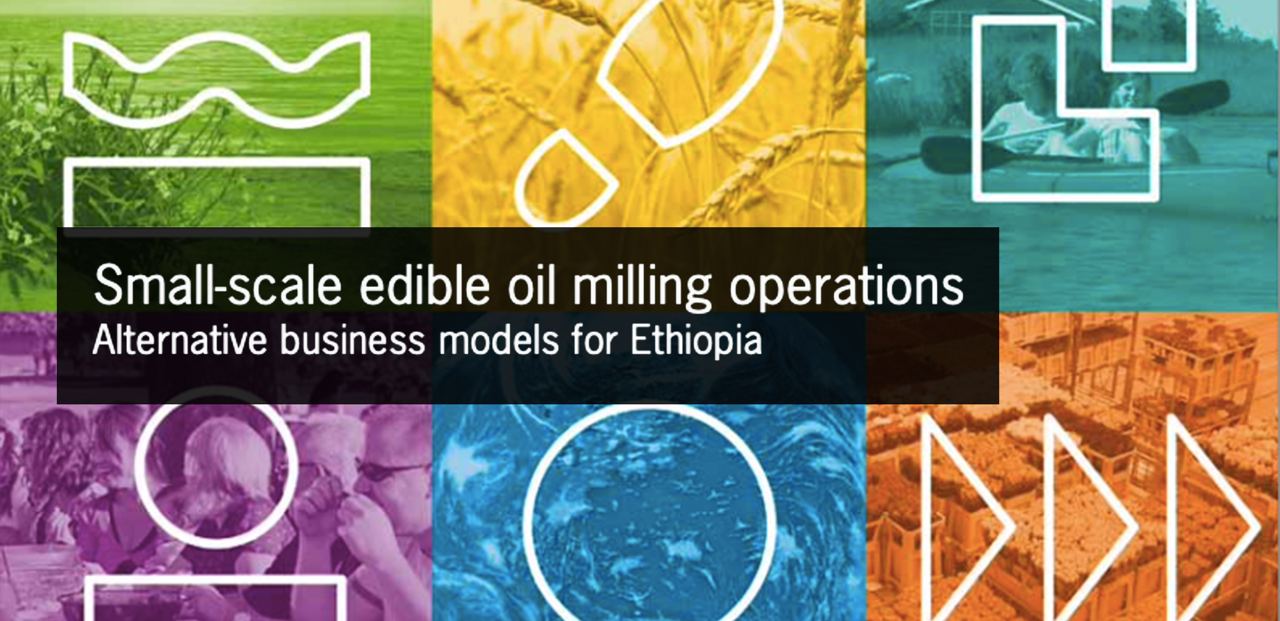Ethiopia Malt Barley Sector Evidence Based Assesment and Recommendation
Ethiopia is one of the leading producers of malt barley in Africa. Our GIS suitability mapping reveals that over 15 million ha of land is

Ethiopia is one of the leading producers of malt barley in Africa. Our GIS suitability mapping reveals that over 15 million ha of land is

The oilseeds sector shows strong growth in Ethiopia, as domestic and world market demands are expected to continue to increase. The sector contributes significantly to

Implementing inclusive projects that extends from grassroots to the upper end of the value chain requires strong collaboration among different partners. Public Private Partnerships (PPPs)

Worldwide there is a steady trend towards more imports and exports of mung bean (see Table 1 and 2). There does not seem to be

Contribution to Food and Nutrition Security The development of the fruit and vegetable sector in developing countries has a positive impact on the Food and

The total area for legume farming is estimated to be 1.9 million hectares. Of this, 97% is covered by smallholder farmers. Commercial legume farming is

Ethiopia is where Noug is originated and is the main exporter of it to the US and EU mainly for bird feed. It is produced

The world’s population is expected to increase by 2 billion persons in the next 30 years, from 7.7 billion currently to 9.7 billion in 2050.

Published by N2Africa under putting nitrogen fixation to work for smallholder farmers in Africa project. According to World Bank (2016) data Agriculture accounts for 37.23%

Ethiopia grows over 23 culinary and aromatic herbs and over 100 medicinal herbs that are currently on use at commercial scale. The annual production of